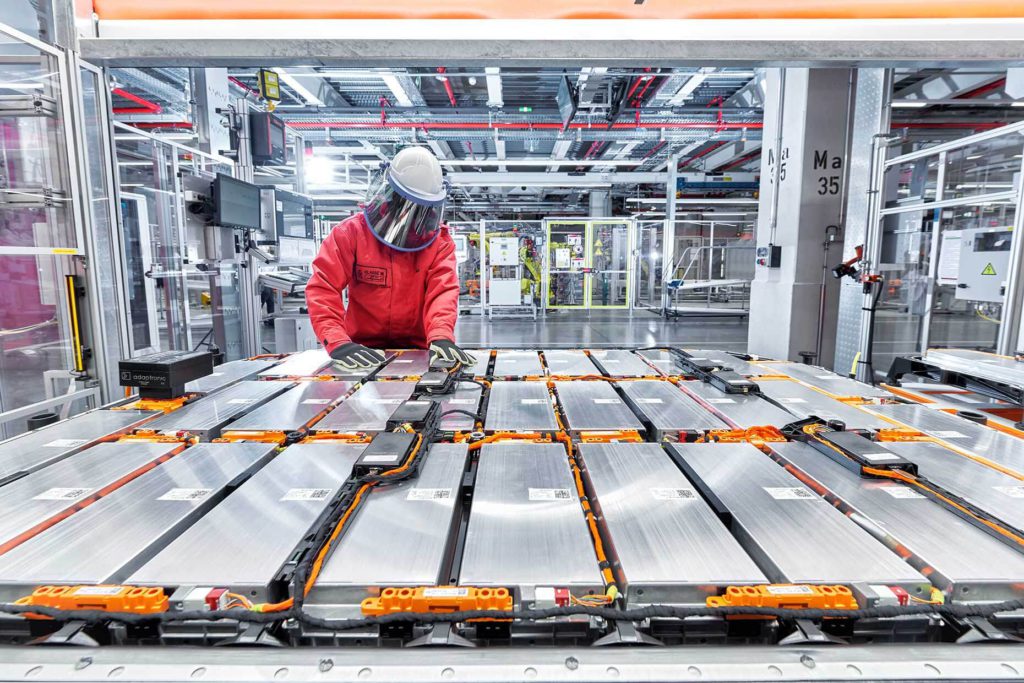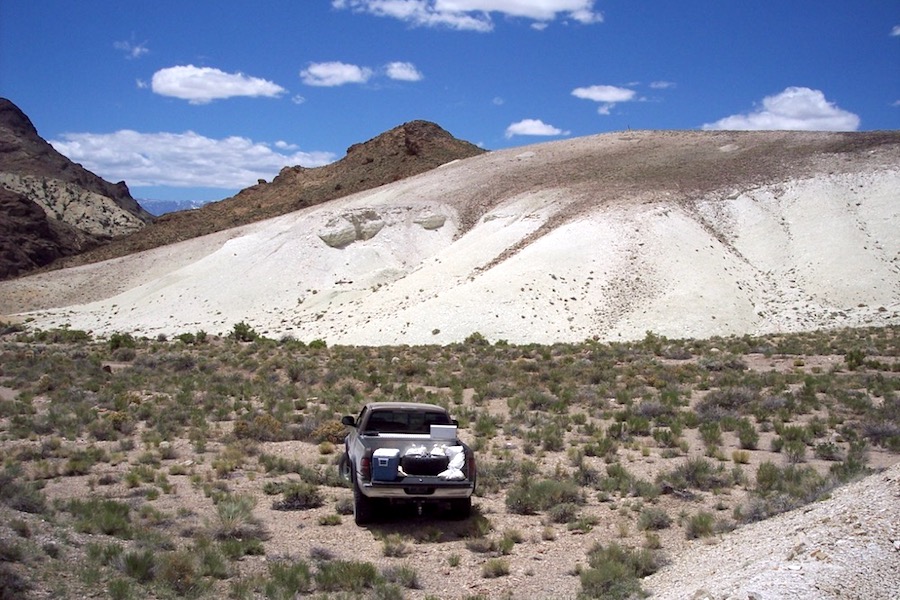EU considers help for rare earth magnet production

The EU is working on proposals to jump-start home output of a type of specialist magnet vital in electric car motors by offering support to local producers so they can compete with Chinese rivals, sources close to the situation said.
The moves to support production of rare earth permanent magnets would mirror legislation introduced in the United States earlier this month to offer tax credits to makers of the devices there.
The United States, the EU and Britain aim to expand output of the super-strong magnets used in electric vehicles (EVs) and wind turbines to help meet targets to cut carbon emissions and lessen dependence on China, whose producers currently dominate the global sector.
European firms say they cannot compete with Chinese producers, which they say get subsidies worth about a fifth of their raw materials costs, helping them to supply 90% of the global market for the magnets.
China supplies 98% of EU demand for magnets made from rare earths
The proposals being considered by the EU include both cheap financing and compensation for higher raw material costs, said two sources who have seen the plans but were not authorised to speak publicly about them.
“If we’re going to invest our own capital, we will need to see a coordinated effort where our portion of the capital will attract a sufficient return,” said Constantine Karayannopoulos, chief executive of Neo Performance Materials.
Neo owns the only commercial rare earth separation facility in Europe and is prepared to build a $100 million permanent magnet factory in Estonia, Karayannopoulos added. He said he had not seen the EU proposals but supported a public/private effort to boost the sector.
Critical minerals
The EU launched the European Raw Materials Alliance (ERMA) late last year to ensure the bloc has a range of critical minerals needed for its green transition and gave top priority to rare earths.
The bloc aims to create a domestic industry of rare earth mining, processing and magnets to lessen vulnerability to any disruption in Chinese supplies.
China supplies 98% of EU demand for magnets made from rare earths, a set of 17 minerals used in range of applications including electronics, defence and aerospace.
A Chinese rare earths industry official said the country’s policy of encouraging export tax rebates for magnets has a long history and the ultimate beneficiaries are end users.
European officials hope to repeat Europe’s success in building an EV battery sector, which has seen a surge of investment after the EU offered funding and coordination.
The battery effort has seen 40 billion euros ($47 billion) of promised investment in 38 planned “gigafactories” over the past three years, climate group Transport & Environment said.
European attention is now shifting to the minerals used in permanent magnets, demand for which is due to surge as much as tenfold by 2050, when the EU and Britain have pledged to cut net greenhouse gas emissions to zero.
Recommendations on how to create a rare earth magnet industry from a group under the umbrella of ERMA are due to be made public next month, sources with knowledge of the situation said. An action plan from the ERMA Rare Earth Magnets and Motors Cluster has been passed to top EU officials, they added.
An EU Commission spokesperson declined to comment but said any potential measures must be compatible with state aid and World Trade Organisation rules.
A viable magnet industry in Europe would also need the support of customers, such as automakers, who must agree to pay a slight premium to be guaranteed an environmental and traceable product, the sources said.
Thierry Breton, European Commissioner for Internal Market, has agreed to approach automakers to gain their backing, they added. The Association of German Automobile Manufacturers (VDA) declined comment on whether its members would support such an initiative.
Breton told a conference in June that the EU aims to supply 60% of the bloc’s magnet needs for wind turbines by 2030. “I believe we are in a similar situation with rare earths and permanent magnets as we were a few years ago with batteries and lithium,” he said at the time.
Expansion plans
Germany’s Vacuumschmelze (VAC), the only major permanent magnet producer in the western hemisphere, is waiting to give a green light to expansion plans for a factory to make magnets for Europe’s burgeoning EV industry until it is sure it has a viable business case.
“Chinese permanent magnet producers get raw materials at 25% below the price I can get them,” said Bernd Schleede, head of permanent magnets at VAC.
“To reach a level playing field either the EU should compensate for this gap, or should consider penalties on the import of magnets. I personally would prefer the first option.”
He declined to comment on specific EU proposals.
Chinese producers take advantage of 13% refunds for VAT on raw materials and typically get a 10% raw material subsidy from local governments, Schleede said.
VAC mainly sells speciality magnets into high-tech areas including industrial robots or automotive sensors.
There are three other small permanent magnet producers in Europe, while the United State has no such companies on a commercial scale, although one has a pilot project to produce magnets by recycling old ones.
($1 = 0.8524 euros)
(By Eric Onstad, Tom Daly and Foo Yun Chee; Editing by David Holmes)
More News
{{ commodity.name }}
{{ post.title }}
{{ post.date }}

Comments